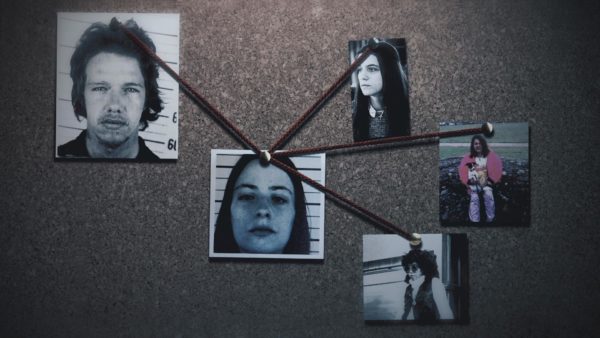
Each week, Terry and Joe discuss Blumhouse’s true-crime docuseries Fall River on EPIX. This week, we’re tackling episode 1.02.
[Read more…]The curated portfolio of film journalist Joe Lipsett
by Joe Lipsett

Each week, Terry and Joe discuss Blumhouse’s true-crime docuseries Fall River on EPIX. This week, we’re tackling episode 1.02.
[Read more…]by Joe Lipsett
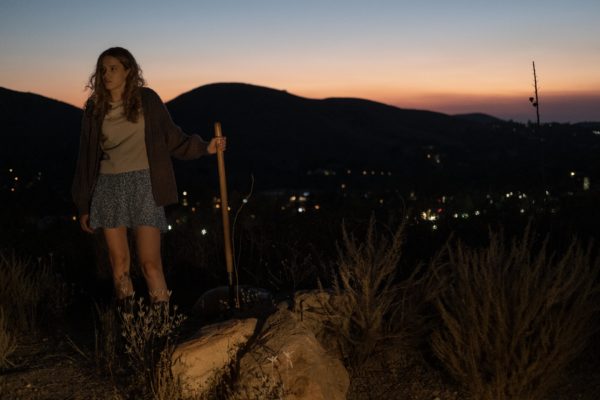
Hulu’s (formerly monthly) anthology series with Blumhouse returns for Valentine’s Day.
Spoilers ahead…
by Joe Lipsett
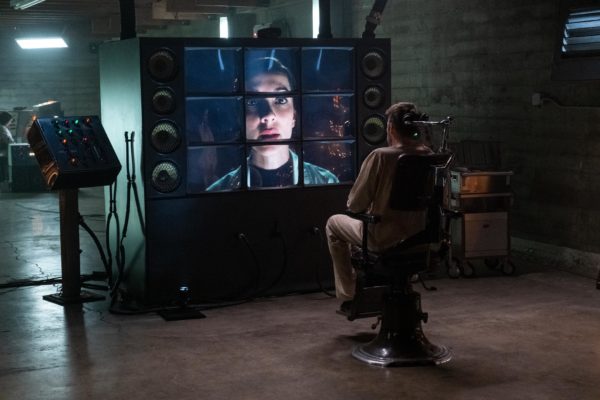
Each month Joe and Terry discuss the new episode of Hulu and Blumhouse’s Into The Dark series, alternating between our respective sites — queerhorrormovies.com and gaylydreadful.com.
This time around we’re checking out the S2 July entry, “The Current Occupant.”
Spoilers follow… [Read more…]
by Joe Lipsett
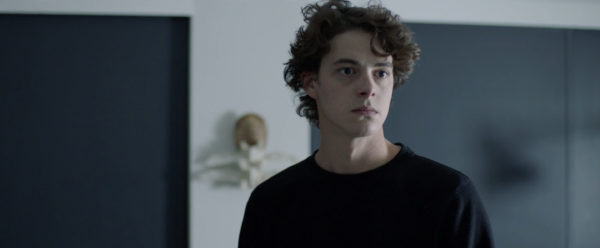
Every few weeks Joe (@bstolemyremote) and Terry (@gaylydreadful) discuss an episode of Hulu and Blumhouse’s Into The Dark series, alternating between our respective sites — queerhorrormovies.com and gaylydreadful.com.
This time around we’re checking out season one’s May entry, “All That We Destroy.”
Spoilers follow… [Read more…]
by Joe Lipsett

Every few weeks Joe (@bstolemyremote) and Terry (@gaylydreadful) discuss an episode of Hulu and Blumhouse’s Into The Dark series, alternating between our respective sites — queerhorrormovies.com and gaylydreadful.com.
This time around we’re checking out season two’s May entry, Delivered.
Spoilers follow…
by Joe Lipsett
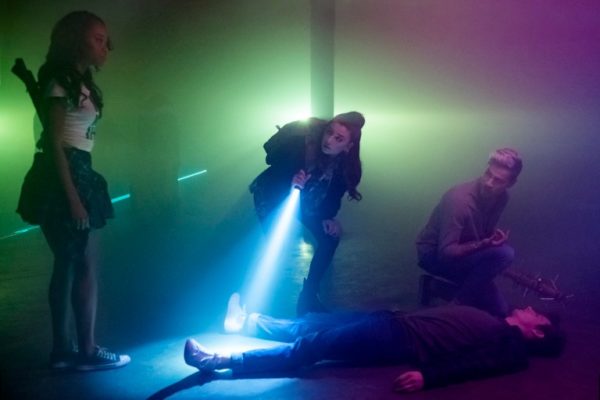
Every few weeks Joe (@bstolemyremote) and Terry (@gaylydreadful) discuss an episode of Hulu and Blumhouse’s Into The Dark series, alternating between our respective sites — queerhorrormovies.com and gaylydreadful.com.
For this inaugural edition, we’re checking out season two’s March entry, Crawlers.
Spoilers follow… [Read more…]